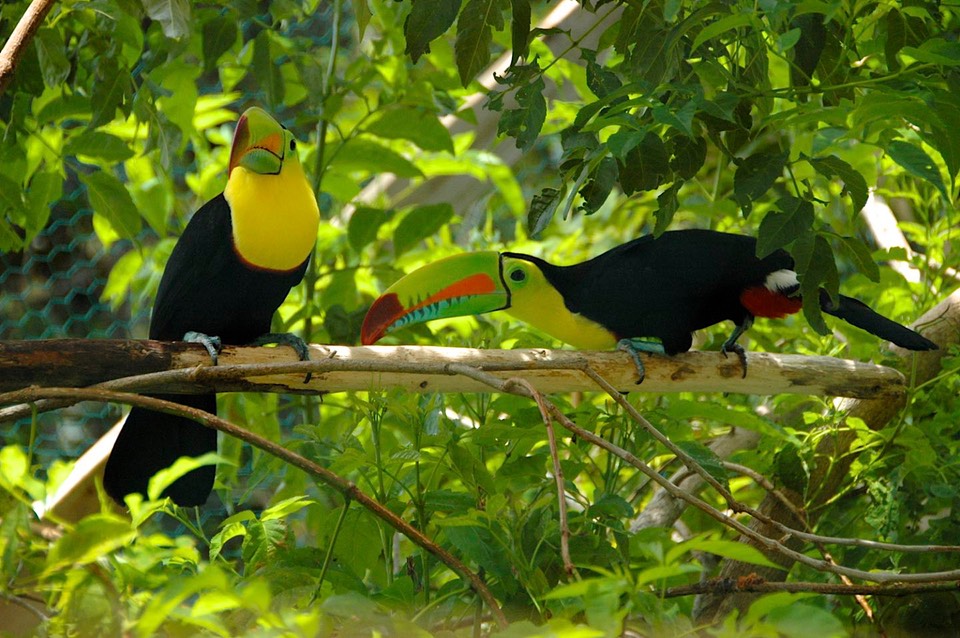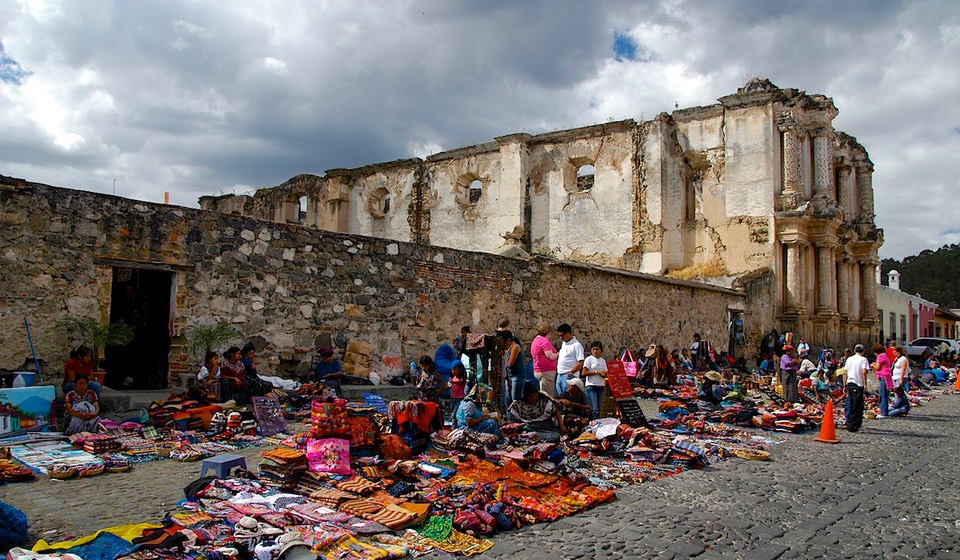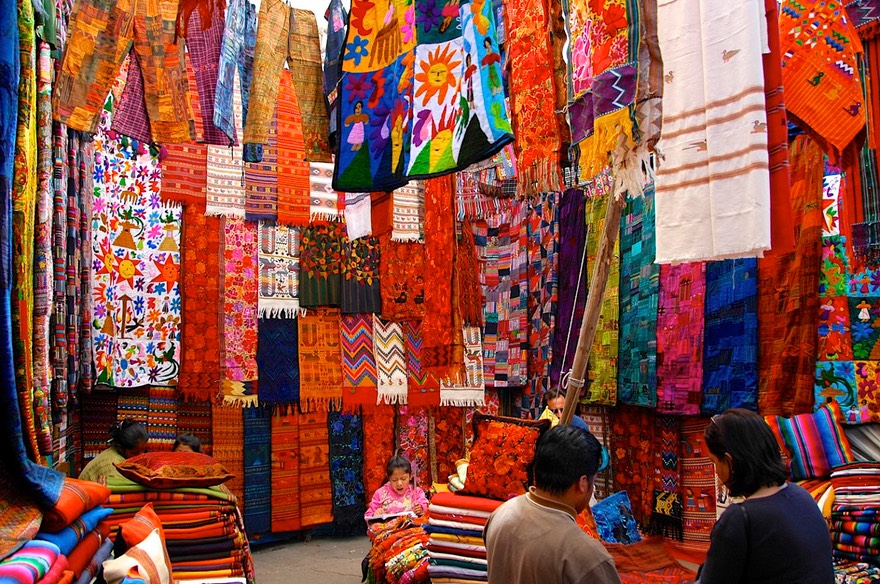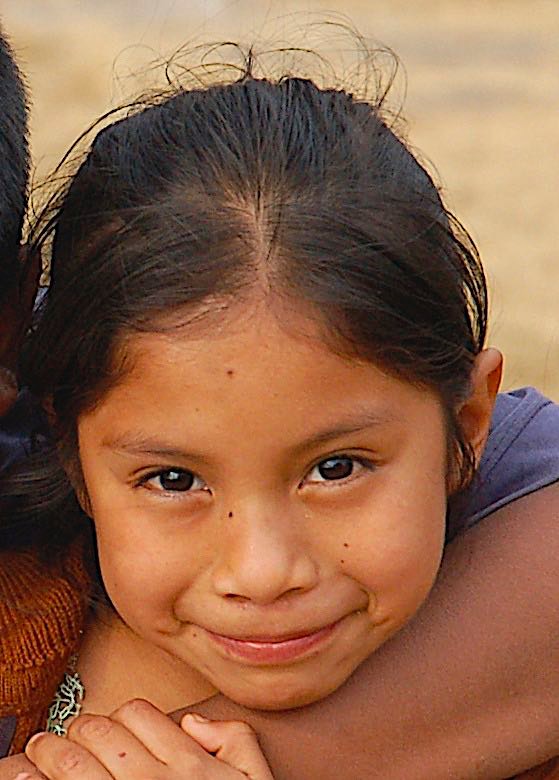January - June 2008
Central America
Forming the land link joining North and South America, these seven countries not only exert a powerful lure to the overland traveler, but reward those who come this way with an amazing variety of cultural, historical and scenic experiences. Whether traveling from the north or the south, Central America is much more than simply a means to an end, but is truly a worthy end unto itself. How to sum up our feelings about Central America? It is wonderfully alive: aggressive, vibrant, colorful, difficult, engaging, full of contrasts, aggravating, geographically diverse, full of surprises, and, most of all beautiful.

As I sit here writing this I am looking at a lovely swimming pool surrounded by lush foliage; monkeys and macaws and parrots are nearby, to say nothing of guinea hens pecking away in the grass; palm trees are giving welcome shade to La Tortuga; the bright sunlight is tempered by a strong breeze to keep us cool under the palapa. We are staying at the only RV campground in Panama. Pretty nice, huh! However, the rest of the story: someone has been burning brush for days, making the air smoky and the coach smelly; the road to get here (the Pan-American highway) was filled with crazy drivers, had poor signage except for zillions of billboards, and was often in fairly lousy condition; some invisible critter has taken a liking to and is busy making a welt on my arm; and nothing will dry because of the humidity. Now THAT’S Central America!
We have taken a lot of pleasure from our time here in Central America. We have found tremendous variety among the countries, and much to appreciate in each. Guatemala gets Rick’s vote for best all-round favorite; I would either agree or put Honduras slightly higher. Nicaragua was the least interesting; and we have found both Costa Rica and Panama far more modern, touristy and “Americanized” than we’d prefer.
In general, there’s a lot to like. The short skirts and high heels favored by the women in the more cosmopolitan areas have Rick smiling; I think the men are gorgeous. The countryside is so often green and lush; the mountains are high; there are plenty of streams to enjoy; agriculture is plentiful and if the soil is good the produce is huge and tasty. Ranching and dairy cattle are big in several countries; we often saw large ranches with fat cattle and beautiful horses. Bright colors are everywhere, in the homes and stores; the local clothes; the blue plastic bags hanging on the ripening bananas in the plantations; and let’s not forget the chicken buses, which could never be mistaken for their counterparts in the United States. The liveliness of the roadside is charming: herds of goats and horses and cattle, bullocks in harness, troops of pigs – all vying for space with you; and they sure think they need all the room.

We have never seen so many happy children, whether they are in school or playing near (or in) the road. They are most often seen in their school uniforms and have beautiful, clear skin and dark eyes and hair. In indigenous areas the children tended to be very shy (as were their parents) and would not meet our eyes, and we were unable to photograph them; other places they happily posed for us or simply went on their way. To us, they seemed well behaved and quiet, although others might not agree. A darker side of the picture is that in poor rural areas many of these children never have the chance for much schooling, as they are required in the home merely to help haul water and firewood.
A land of contrasts: beautiful flowers along dirty, dusty, pot-holed roads; gracious colonial architecture and remaining ruins alongside truly ugly modern apartments and office buildings; in the cities you often see great poverty, but in the countryside the people are generally very industrious with whole families working hard in the fields, often on very steep hillsides.
Some trends we noticed as we traveled further south: The countries appear to be less indigenous. The square (zocolo) is still the center of town activities, but it evolves from a park in front of the church to a futbol (soccer) field and play park. Taxis start out as three wheeled tuk-tuks or variations thereof, and by the time you are in Costa Rica they are modern cars. The amount of trash along the roads varies from country to country, but is generally somewhat less of an issue than in Mexico, with collection people seen in several countries.

Did we have favorite experiences? Of course: the Mayan ruins at Yaxja and Quirigua in Guatemala and at Joya de Ceren in El Salvador; Lake Atitlan, Guatemala; driving through the area around Boquete, Panama, and visiting the Jardin Paraiso there; seeing the guerrilla headquarters and museum in Perquin, El Salvador; watching the geese on the water at Selva Negra, Nicaragua; the Orosi-Cachi Valley area east of San Jose, Costa Rica; Antigua, Guatemala; the area around Lake Arenal, Costa Rica; crossing over the canal on the Puente de las Americas in Panama; an evening of music in Suchitoto, El Salvador; the museum at the ruins at Copan Ruinas, Honduras; experiencing Palm Sunday in La Esperanza, Honduras; and, ah yes, the market at Chichicastenango in Guatemala.
Some givens: new experiences are always exciting, although there are always some bad days in any journey; colonial areas in cities are always beautiful, even if they have the usual slums; and Central American coffee is wonderful everywhere (except to those who prefer tea). The map you are using will never be quite right; however, this gives you chances to explore places you didn’t know you were going to see. So, life is in balance. And volcanoes are always cool.
But for me (Kathy), the single defining event of time in Central America was asking a middle-aged man in El Salvador for directions. His wonderfully wrinkled, weathered face lit up (when he finally understood what I was asking in my mangled Spanish), and in his strong voice and with a huge grin and wide gestures, he pointed me on my way. I will always treasure that moment.
Select any of the journal links below to read about our experiences in Central America,
and choose any of the photo links to get a glimpse of what we saw.
Journal Postings from Central America:

- Watch out for the Big Rigs Guatemala
• See Photo Album
- A Pleasant Surprise El Salvador
• See Photo Album - Friendly People, Beauty Everywhere Honduras
• See Photo Album - Carreterras Sinuosas Nicaragua
• See Photo Album - Everybody Loves Costa Rica Costa Rica
• See Photo Album - The Canal, The Bridge and More Panama
• See Photo Album